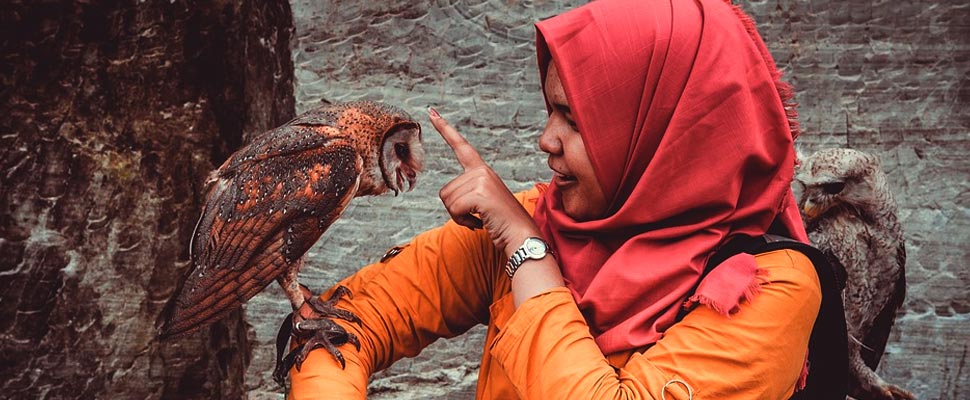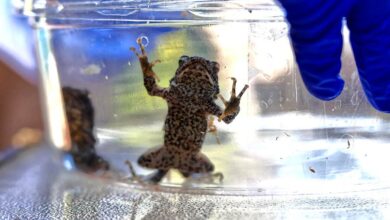Zoonoses: the key to avoiding a future pandemic
The coronavirus showed us that diseases shared or transmitted from animals to humans can be a concern for the future .

We explain the importance of zoonosis and its relationship with caring for the environment. / Photo: Pixabay
LatinAmerican Post | Ariel Cipolla
Listen to this article
Leer en español: Zoonosis: la clave para evitar una futura pandemia
It is clear that the coronavirus came to change everything. However, what would happen in the event of a possible future pandemic? From New Society they warn that COVID-19 brought zoonoses to the fore, that is, diseases that pass from animals to humans, which are strongly influenced by our relationship with an ecosystem that we alter.
Although we tend to believe that we are the "victims" of disease, to a certain extent, these epidemiological cycles show that human beings themselves are the causes of many disasters, which sometimes end up turning against us. Hence, for example, in Reliefweb they indicate that "human, animal and environmental health should be considered as one to prevent the next pandemic."
Therefore, despite the fact that COVID-19 is the one that causes our most immediate attention, it is only one of the emerging diseases caused by the transmission of viruses from animal hosts to the human population. Let's see, then, what is the importance of zoonosis and its relationship with caring for the environment.
The structural problem of zoonosis
It is essential to be able to prevent the next pandemic, that is, to cut the chain of transmission between animals and humans. Thus, the specialized website of Actualidad Médica indicates that there are “lessons learned from a pandemic”, among which there are some issues that we must measure to avoid future disasters.
For example, the current overpopulation, which appears together with globalization and the enormous capacity for society to displace, implies an ideal breeding ground for zoonoses, which can lead to pandemics. The Expansión website clarifies that 75% of human diseases in recent years were transmitted by animals, which is why it is a really important problem to address.
So we need to specifically understand what zoonosis is. The World Health Organization characterizes zoonotic diseases as a "group of infectious diseases that are transmitted naturally from animals to humans" , through direct or indirect exposure.
Also read: SARS-CoV-2 mutations do not seem to increase transmissibility
In Explora they clarify by saying that zoonoses can be produced by a natural approach between animals and people, but also by issues related to industry and the environment. For example, zoonoses of viruses or bacteria of animal origin occur due to the consumption of poorly processed foods, as would have happened with the famous Chinese bat soup, as revealed in The Conversation.
So preventing possible future zoonotic outbreaks is a task that should be the responsibility of all governments. Through an expansion of zoonotic research, encouraging healthy practices, intervening in those that are not, or strengthening the sustainable management of the environment.
Considering that, according to the World Bank, deforestation and forest degradation also increase people's exposure to animal pathogens, we must consider the possibility of linking human health with that of animals and ecosystems. In other words, if we want to avoid a future pandemic, we will have to take care of our health, but also that of other organisms.
Although, according to El Ágora Diario, humans and animals have shared diseases since almost the beginning of time, it is necessary to invest in prevention and care for the environment to cut the chain of transmission between our species and the animals. Let's avoid the next pandemic!




